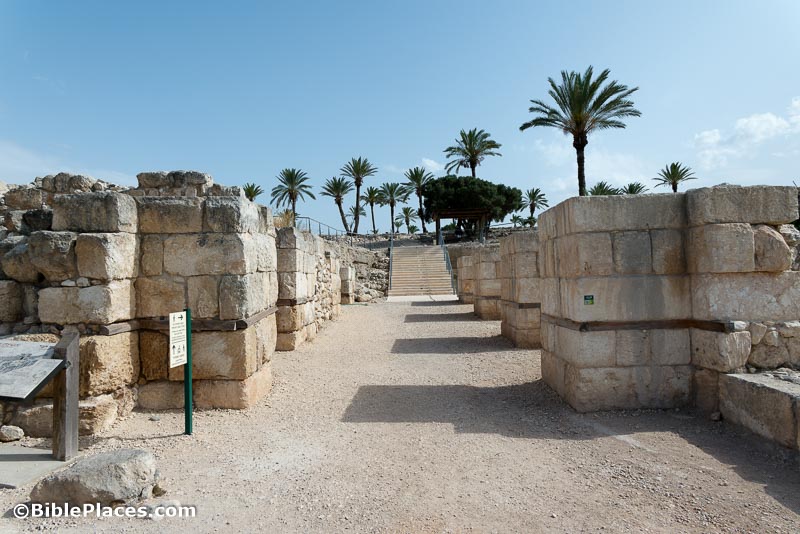Gabriel Barkay was recently interviewed by ICEJ. Among other things, he says that he recently finished a book about material culture in the Song of Songs.
Gordon Franz is the latest subject in the Discussions with the Diggers series at Bible Archaeology Report. He relates the story of the discovery of the Ketef Hinnom silver amulets.
Chandler Collins has published the third issue of his “Jerusalem Tracker” newsletter, providing a list of every new publication related to Jerusalem’s history.
Bryan Windle describes the top three reports in biblical archaeology in the month of May.
The first batch of commercially available ancient yeast, discovered at Goliath’s hometown of Gath, will begin shipping later this year.
Chemical analysis of Middle Bronze grave goods at Megiddo reveals the extensive use of wine in funerary rituals.
Arleta Kowalewska and Craig A. Harvey explain what we know about Roman bathhouses in the southern Levant.
“Dor Zlekha Levy’s One Tongue audiovisual project revives Proto-Semitic, the ancestral language of Hebrew and Arabic, in song.”
Hybrid lecture on June 22 at the Albright: “The 2022 Season of the Megiddo Expedition,” by Matthew J. Adams
Hybrid lecture on July 13 at the Albright: “Back to Tell Qasile: Current Research of Old Excavations,” by Amihai Mazar
Arieh O’Sullivan tells the story of his family’s relationship with Samson’s tomb and the tomb’s transformation in recent years.
The latest episode from Walking The Text: “Jesus in Galilee, Part 3: Religious Jews of the (Evangelical) Triangle.”
“Lessons from the Land: The Kings” is the latest series produced by Appian Media. The 13 episodes are about 5 minutes each.
HT: Agade, Joseph Lauer, Arne Halbakken, Ted Weis, Stephanie Durruty, Wayne Stiles, Alexander Schick, Explorator
Nearly a century after the Americans dismantled half of the Solomonic gate, the Israelis have restored it. Now visitors can walk through the six-chambered gate as they can at Hazor and Gezer.
